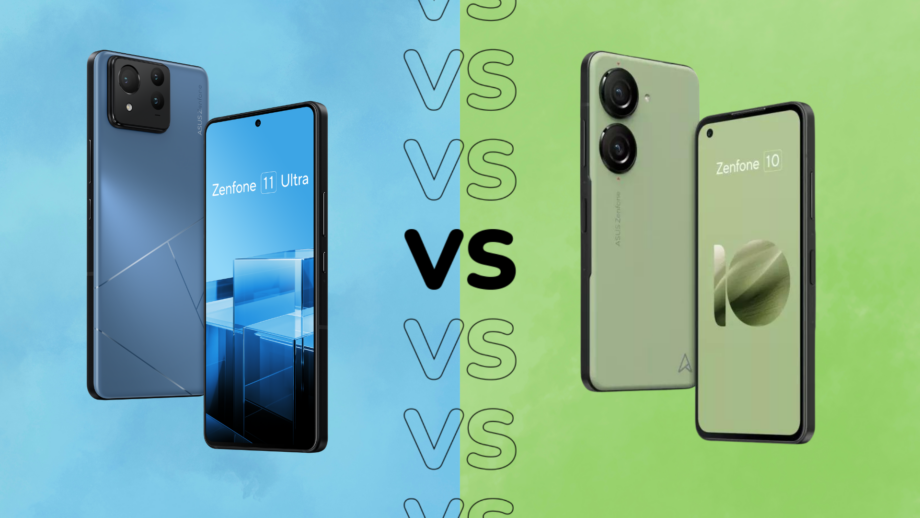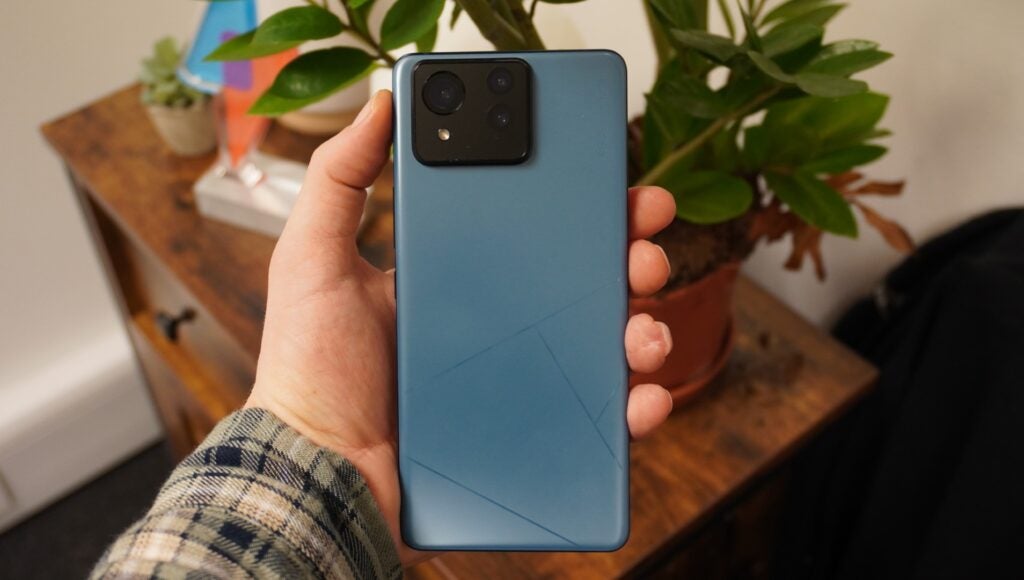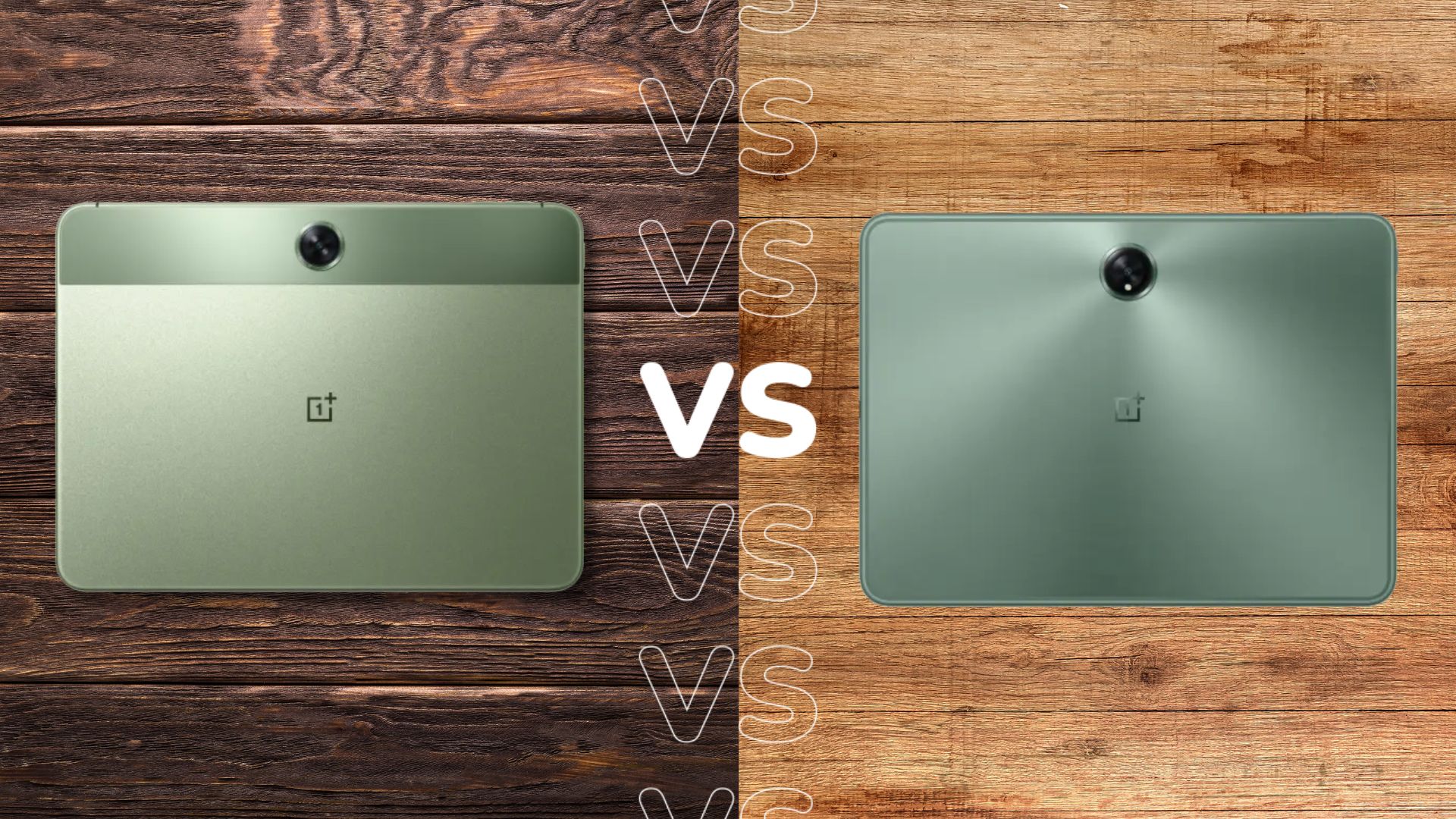Asus Zenfone 11 Ultra vs Asus Zenfone 10: What’s the difference?

The Asus Zenfone 11 Ultra is the latest smartphone from the Taiwanese brand, succeeding the Asus Zenfone 10 phone.
This is the first time that Asus has ever launched an Ultra series in the Zenfone range, raising questions as to how it differs from the standard Zenfone handsets. Adding more confusion to the mix, Asus is yet to launch a standard Zenfone 11 to sit alongside the Zenfone 11 Ultra.
We’ve created this comparison guide of the Asus Zenfone 11 Ultra and Asus Zenfone 10 to clear up any confusion, and highlight the key differences between the two phones. So keep on reading for the full breakdown.
Asus Zenfone 10 is more affordable
The Asus Zenfone 10 is more affordable than its new sibling, which is no surprise since it’s not only an older phone but also lacks the Ultra moniker that signifies more high-end specs.
The Asus Zenfone 10 is available from £749.99, with 8GB memory and 256GB storage. Upgrading to 16GB memory and 512GB storage will set you back by £819.99.
Meanwhile, the Asus Zenfone 11 Ultra has a starting price of £869.99, bagging you 12GB RAM and 256GB storage. It’s also possible to upgrade the specs to 16GB RAM and 512GB storage, but that will cost you £949.99.
Zenfone 11 Ultra has a bigger, brighter screen
When comparing the two phones side by side, the first thing you’ll likely notice is that the Zenfone 11 Ultra has a bigger AMOLED screen, coming in at 6.78 inches. For comparison, the Zenfone 10 sizes up at just 5.9 inches.
Interestingly, Asus has not upgraded the resolution for this new screen size, although the 2400×1080 pixel count is likely already enough for detailed imagery.
Asus has cranked up the maximum brightness of the Zenfone 11 Ultra though, with a peak of 2500 nits. The Zenfone 10 is limited to a 1100 nits, which is still fairly bright, yet still pales in comparison to its new sibling.
Zenfone 11 Ultra has a telephoto sensor
The Zenfone 10 has a dual-camera system on the rear, with a 50MP main sensor and 13MP Ultrawide pairing up to take lovely snaps.
The new Zenfone 11 Ultra retains both of these sensors, but adds a third to the mix: a 32MP telephoto sensor. This specialises in taking photos of faraway subjects with a 3x optical zoom.
While Asus hasn’t upgraded the megapixel count of the main sensor, it has at least introduced the third generation of the 6-Axis Hybrid Gimbal Stabilizer. Asus claims this should improve the phone’s ability to take blur-free and shake-free video, even when in motion.
Asus has also bigged up the new AI Portrait mode, which apparently allows you to add in a depth of field effect to any footage that you capture, making it look that little bit more professional. 8K video recording at up to 24fps is once again supported.

Zenfone 11 Ultra has fast charging and a bigger battery
We were big fans of the battery life on the Asus Zenfone 10, with the 4300mAh capacity containing plenty of juice to keep using the phone throughout the day. In our tests, we ended a particularly busy day with 30-40% battery left in the tank.
And yet, Asus has decided to increase the battery size even further for the Zenfone 11 Ultra, sporting a huge 5500 mAh cell. Asus claims that’s big enough for over 26 hours of regular use.
Asus has also upgraded the charging speed, with the Zenfone 11 Ultra supporting 65W HyperCharge technology. The Zenfone 10 is limited to 30W wired charging, which we listed as a weakness in our full review.
Zenfone 11 Ultra has a more powerful processor
Asus has also upgraded the performance of its Zenfone, with the 11 Ultra sporting the latest Snapdragon 8 Gen 3 processor. This is one of the fastest chips you can find on a smartphone today, especially if you prefer Android over iOS.
The Asus Zenfone 10 is powered by the last-generation Snapdragon 8 Gen 2 processor instead. This is still a speedy chip, but our tests show it’s not quite as powerful as its successor.
The Snapdragon 8 Gen 3 has also seen a big leap forwards in terms of AI performance, so you should notice that on-chip AI processes will be completed quicker on the Zenfone 11 Ultra compared to its predecessor.








